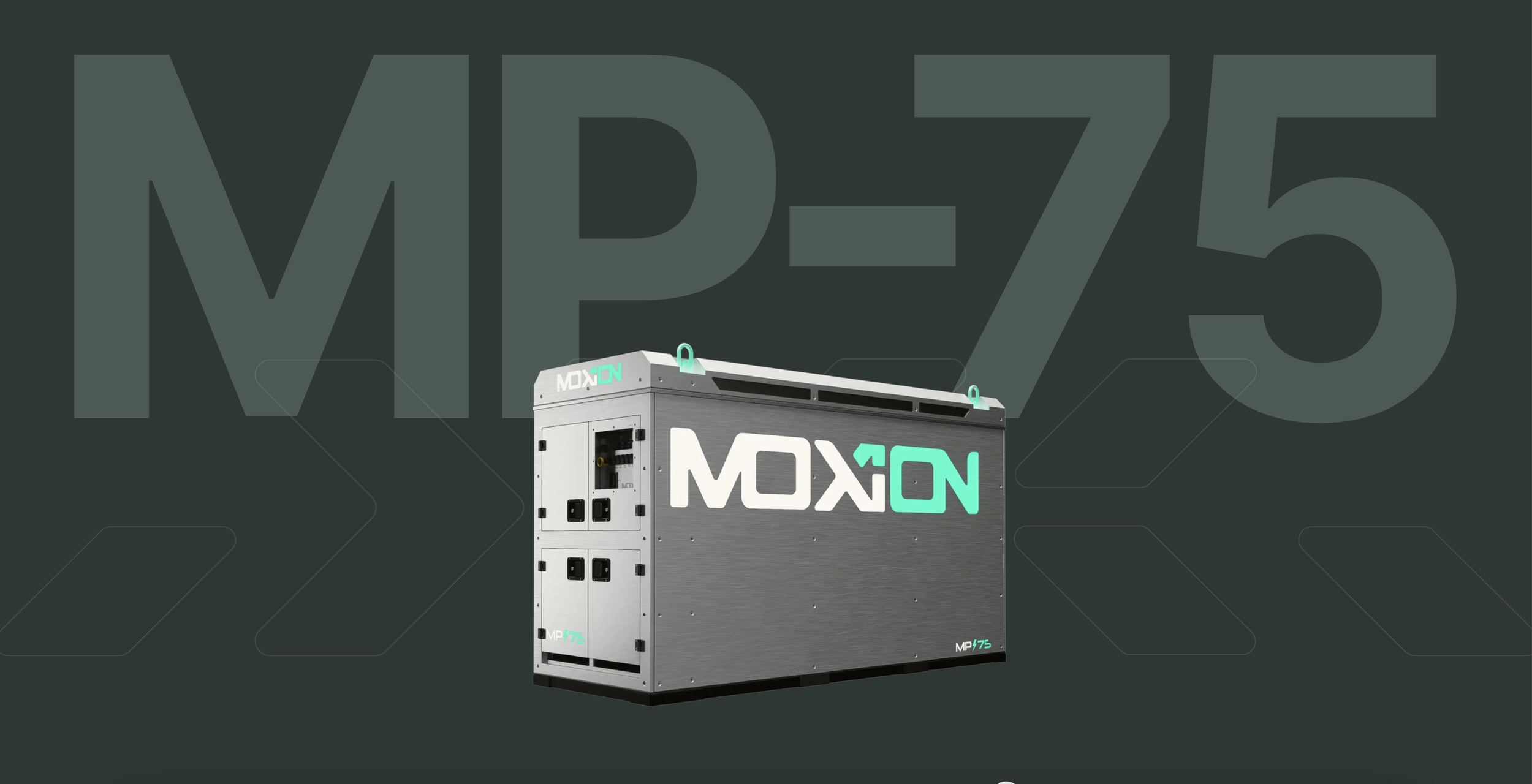Moxi
Product
I designed the core features of Moxion Power’s enterprise and operations management system called MoxiOS. The software is used by Field Operators who operate the company's large fleet of mobile batteries to ensure seamless rental logistics, schedules, deliveries, and maintenance. This software also serves as a B2B product for customers who purchase and manage their own fleet of Moxion’s batteries.
Our team saw huge improvement in efficiency and productivity in the way our operating teams worked as we rolled out features from MoxiOS and received praises from our business partners who use the software to scale their business.
Company
Moxion Power is a green energy company that makes clean power accessible by renting and delivering a powerful zero-emission mobile battery to its customers. View Moxion Power’s website here.
The User
The main user for MoxiOS is the Fleet Operator. Fleet Operators are location-based dispatchers who manage rental reservations, schedule deliveries, send batteries out for repair, and manage the field team's work shifts.
I regularly met with them for research and design reviews, including shadowing them for field research.
My Role
I was the Product Designer for the MoxiOS product. I was responsible for the designs, product architecture, research, and creating/maintaining the design library. I collaborated daily with a team of Product Managers and frontend and backend Software Engineers.
Below are samples of my work for MoxiOS.
Tiles
Tiles are small visual representations of batteries. They help field operators quickly get a glimpse of a single battery and the fleet’s overall health.
Status: Shipped
The Problem
During one of my routine interviews with field operators and customer support teams, I discovered a major pain point—they lacked a clear way to filter and view their fleet’s health in a single view. Instead, they relied on a text-only table that was difficult to interpret and use efficiently.
So I set out to design a solution that would:
Provide a comprehensive, at-a-glance view of battery health
Enable easy filtering for better fleet management
I chose to represent batteries as tiles because it mirrored visually how operators physically see their fleet in a lot. I proposed the concept to Product Management and Engineering, presenting my design solutions to the problem and making a strong case for its value. The team loved the idea, and as a result, “Tiles” was added to the product roadmap.
One challenge I had when exploring this feature was fitting large quantities of information on each tile while still ensuring uniform visibility. I asked the field operators which information to prioritize and they said all of it. During the design process, I successfully connected each building block in the tiles to our Design System while ensuring font size never got compromised.
Solution
After the rollout, field operators shared that the feature significantly improved their experience, making it easier to scan battery health at a glance. Some even expressed they plan on displaying it on a big screen for their team. What began as a self-initiated project from when I identified an immediate need through my conversations with the users, evolved into a critical feature of our product.
Tiles continued to show its value and ability to integrate as I design features for the platform. I created the tiles tooltip so users can quickly see the battery’s health and telemetry from hovering over the battery name. I also included the tile to repair forms so operators get the insight to the battery’s health when they do battery repairs.
Tracking Rentals
The tracking rentals feature allowed operators to easily track rental reservations while simultaneously monitoring each reservation's battery status and swaps.
Status: Shipped
The Problem
Operators needed an all encompassing view of their customer reservations to track the reservations status, battery status and swaps happening in each reservation.
Battery status tells the operator where the battery is in the rental process: in transit, on site, etc…
Battery swap happens when a rented battery is depleted in power and needs to be replaced with a fully charged battery.
Here’s an example of a rental reservation for Outdoor Music Fest. This venue needs three batteries on site to power the stage, food trucks, and EV charging station. The batteries will deplete halfway through the reservation timeframe and will require swaps of fully charged batteries to take their place.
I was tasked to design a system that allows the operator to keep track of the above parts in a simple way. The multiple layers and moving parts made this a complex yet exciting problem. I approached it with grouping these parts and information into tiers based on importance.
Final Designs
Through multiple reviews and collaboration with my team and the operators themselves, we ended up with a design that made tracking rentals simpler and insightful. Reservations are now classified by status on a kaban-style board and rented batteries are listed as "units".
Demo from the Engineering Team. I worked closely with the engineers on the board interaction and behavior.
The new design completely transformed how reservations are monitored. Operators can now update status faster and easily see how batteries are set up within each reservation.















